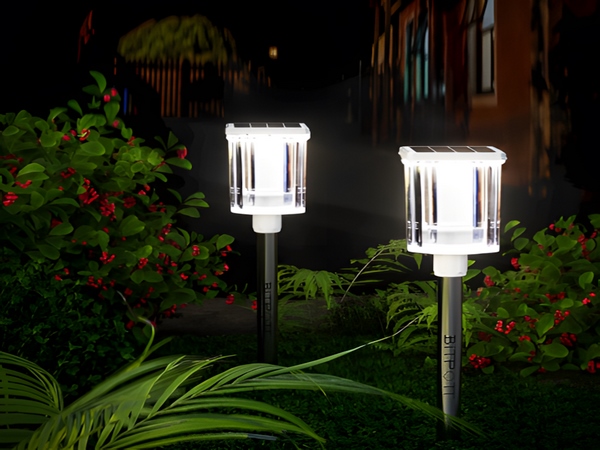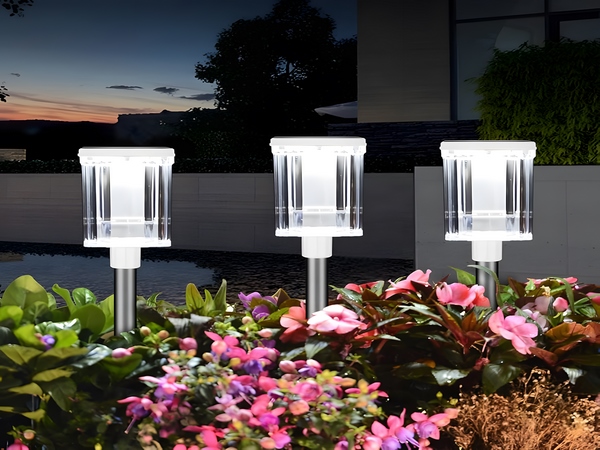
Solar street lights are increasingly being used, and many cities have adopted them in their lighting projects. These lights eliminate concerns about maintenance, as they operate automatically based on environmental conditions without requiring manual control. So how are the switches for solar street lights controlled? Let’s explore this further.
How are solar street lights controlled?

There are various methods for controlling the switches of solar street lights, including light control, timing, and human sensing. The light control switch operates by detecting changes in light intensity; it turns off during bright daylight and activates when the light is dim at night. In cases of overcast weather, it can also turn on during the day. Timing control sets specific times for the lights to turn on and off, requiring adjustments based on the times of sunset.
Most solar street light controllers come equipped with these types of settings. By adjusting parameters, timed control can be implemented. If the controller lacks this feature, an external timer can be added to manage switching. There are various timer options available to meet different needs.
Whether using light control or timing, both methods allow the lights to automatically activate in low-light conditions at night, which is a common approach for urban road lighting. However, for household yard lighting, constant illumination might lead to unnecessary waste. While solar energy is derived from sunlight, prolonged use can affect the lifespan of batteries and light panels. Many street lights now also utilize human thermal sensing to control their operation. This switch detects the ambient light intensity; it won’t activate in daylight, but will turn on only when it is dark and someone passes by, with a timed shut-off.

This concludes our discussion on how the switches of solar street lights are controlled. In summary, the automatic control of solar street light switches is due to the capabilities of the controllers. Once installed, these controllers enable lights to be designed for light or time control based on different requirements, allowing for effective management of battery charging and discharging times and intensities.



